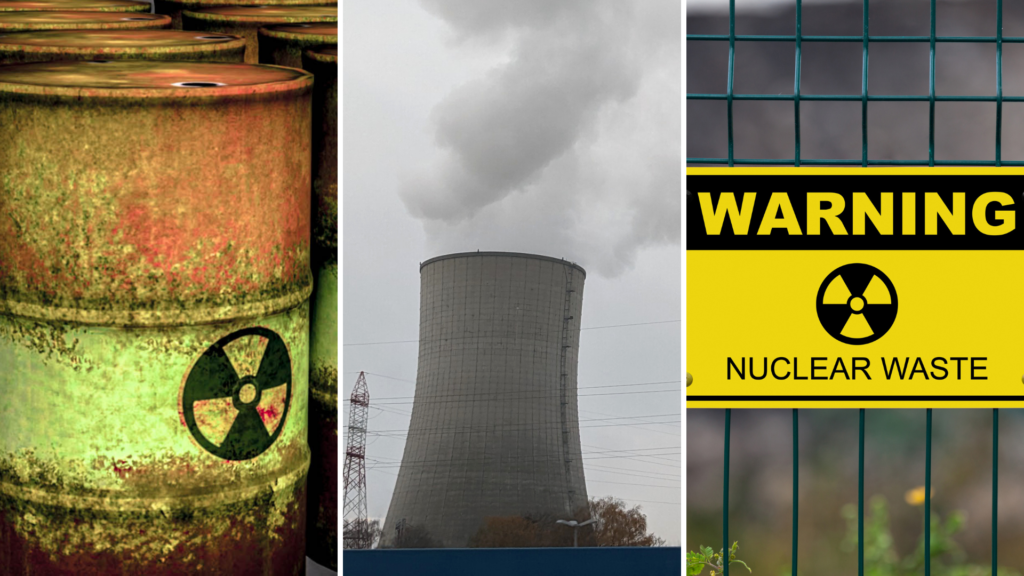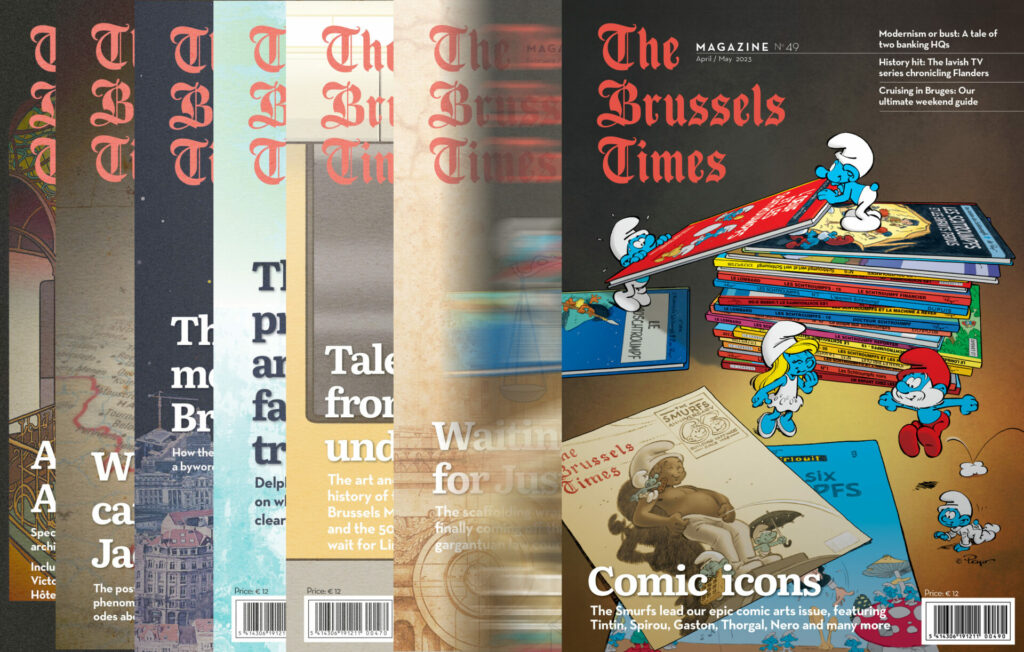On Wednesday Belgium started a citizen's hearing to discuss on the divisive issue of radioactive waste. What better occasion therefore for me to set out my stall on the nuclear debate, admittedly not for the first time?
The matter of Belgium's energy future has long sparked animated discussion, both in political spheres and beyond – one that concerns us all yet fractures opinion like Uranium-235 atoms in a pressurised reactor. But despite the strength of feeling, an extensive survey by Belgian universities found that almost half the population don't feel sufficiently well-informed to engage in the debate. We might ask how many of those who are vociferous on the topic are au fait with details...
At a domestic and international level, detractors of nuclear energy have historically framed their argument from a distinctly CND perspective, with hyperbolic concern for the resulting waste in particular, though apparently less problem with the waste produced by alternative energy sources.
Last weekend, Germany closed the last nuclear plants that were still operating – news applauded by numerous "environmental" groups, who were less excited by the country's expansion of coal mines and coal plants. Lest we forget, coal is by far the dirtiest energy source responsible for approximately 820 tonnes of greenhouse gas emissions per gigawatt-hour. Nuclear has no direct greenhouse gas emissions.
At a time when demagogues weaponise the spectre of nuclear fallout (a debate about weapons, not energy), the most serious argument against the energy source that has allowed several developed nations to free themselves from the environmental and financial influence of fossil fuels is the waste it produces.
And though it is true that spent fuel rods and contaminated materials present a not insignificant health risk to anyone that comes into contact with them, the chances of being close enough to come to harm are minute to the point of being incredible. Part of why radioactive waste isn't nearly as big a problem as some would have you believe is the amount that we have to worry about.
Like the energy produced, the waste is concentrated: in 2018 the International Atomic Energy Agency calculated the global store of spent nuclear fuel to be 400,000 metric tonnes – that's all such waste produced. Ever. And though this amount grows by around 12,000 tonnes each year, the volume is millions of times smaller than hazardous waste from industry or other energy sources.
As to what we do with the waste there is, the most economic solution is to store it under tightly-controlled conditions – eventually underground – an uncomfortable idea to many though not insecure. The other option is in fact to reuse it in the latest-generation reactors, which are capable of running on already-degraded fuel, cutting the quantity and half-life of what remains.
Like most matters of major consequence: detail is important. Not to diminish the valid concerns of the public, involving citizens in the discussion will improve general understanding and add legitimacy to whatever final course of action is decided.
What's your view? Let @Orlando_tbt know.
Belgium in Brief is a free daily roundup of the top stories to get you through your coffee break conversations. To receive it straight to your inbox every day, sign up below:
1. 'Involve the people': Belgian citizens to debate disposal of radioactive waste
In principle, the Federal Government made a decision in October about storing Belgium's highly radioactive waste underground. However, many questions about this process remain. Read more.
2. More Belgians will be paid to cycle to work. Are you eligible?
The number of people being paid to bicycle to work has risen significantly in recent years and is expected to rise even further as the bicycle allowance becomes mandatory in Belgium. Read more.
3. Tram 81, from Montgomery to Marius Renard
Cutting an east-west swathe through the capital region, the 81 tram glides from the massive Place Montgomery roundabout to Marius Renard in Anderlecht, skirting the South Station (Midi-Zuid) midway along its route. Read more.
APRIL/MAY ISSUE OUT NOW
Pick up your copy at your local magazine shop or get it delivered straight to your home here.
From Tintin and the Smurfs to Gaston Lagaffe and Thorgal, Belgium has perhaps the richest comic strip heritage in the world – and it is why the April/May issue of The Brussels Times Magazine, out now, is especially devoted to what is variously known as comic art, cartoons or even graphic novels.
The magazine’s stunning cover, created by the Smurfs themselves, is our entrée into this world, and the issue includes Dennis Abbott’s brilliant feature on the little blue men, some 65 years on from their creation. We also have editor Leo Cendrowicz writing on Tintin, Frédéric Jannin on André Franquin, François Schuiten on why Brussels spawned such creativity, Richard Harris meeting Jean Van Hamme, Andy de Furniere on Marc Sleen, and an exhaustive list of all Belgium’s other amazing comic authors and artists.
Elsewhere in the magazine, Jon Eldridge meets Vilvoorde mayor Hans Bonte; Derek Blyth on the TV series The Story of Flanders; Michiel van Hulten on Qatargate; Frédéric Moreau on the big Brussels bank buildings; Mose Apelblat meets Stefan Hertmans; Liz Newmark on the links between Congo and Art Nouveau; Vincenzo De Meulenaere on Charles V; Angela Dansby takes a weekend break to Bruges; Hugh Dow rides the 92 tram; Breandán Kearney explores low and no-alcohol beers – plus Hughes Belin on food and drink, Helen Lyons on exhibitions, and Geoff Meade on his comic strip hero, Dennis the Menace.


